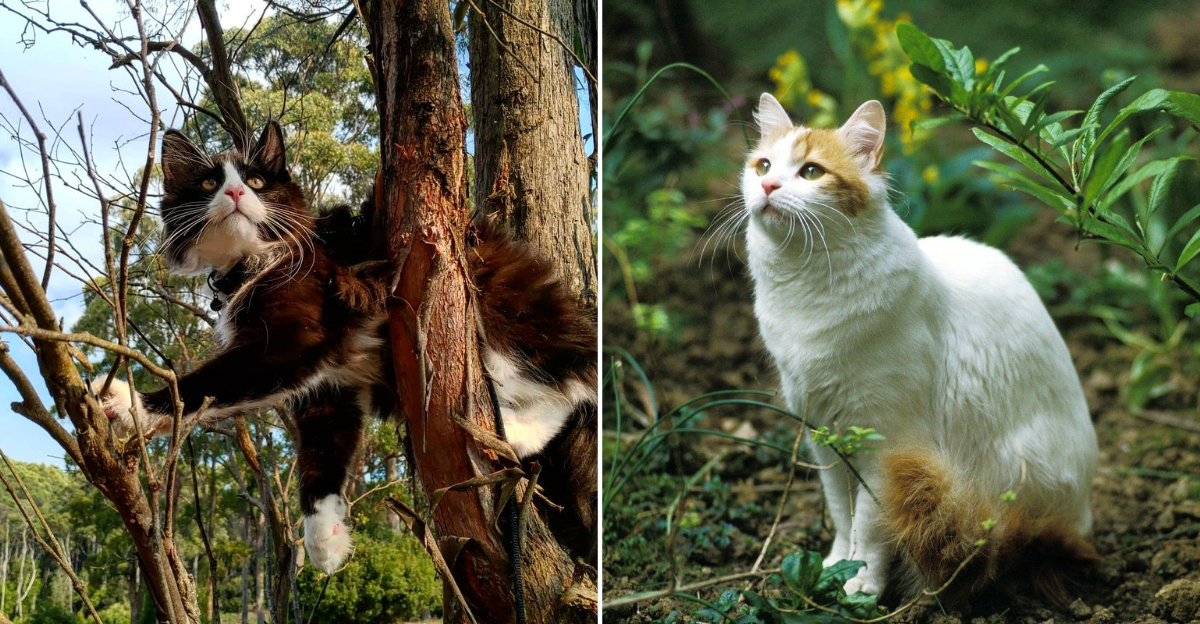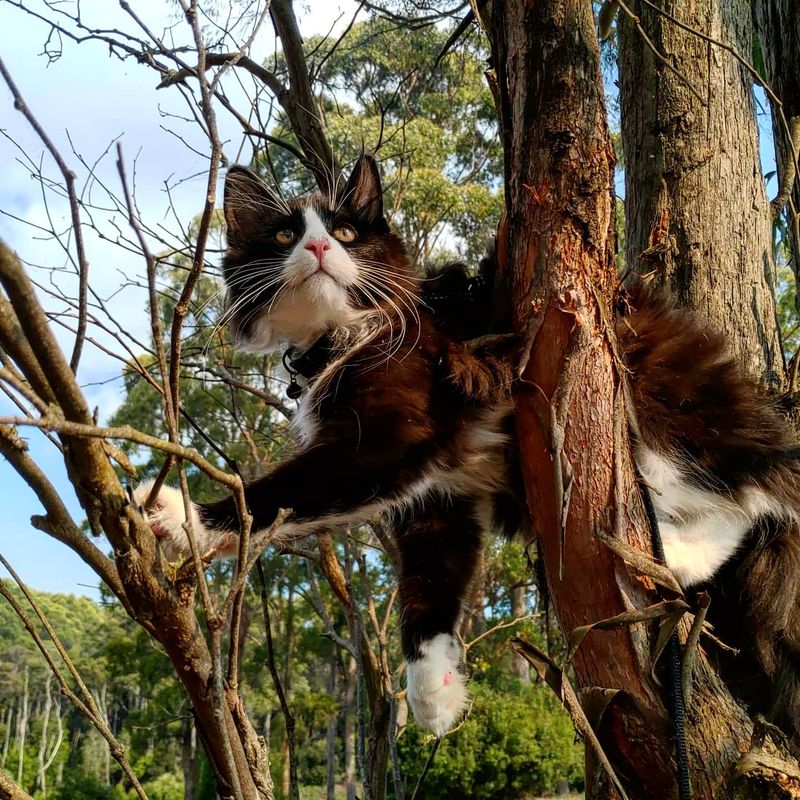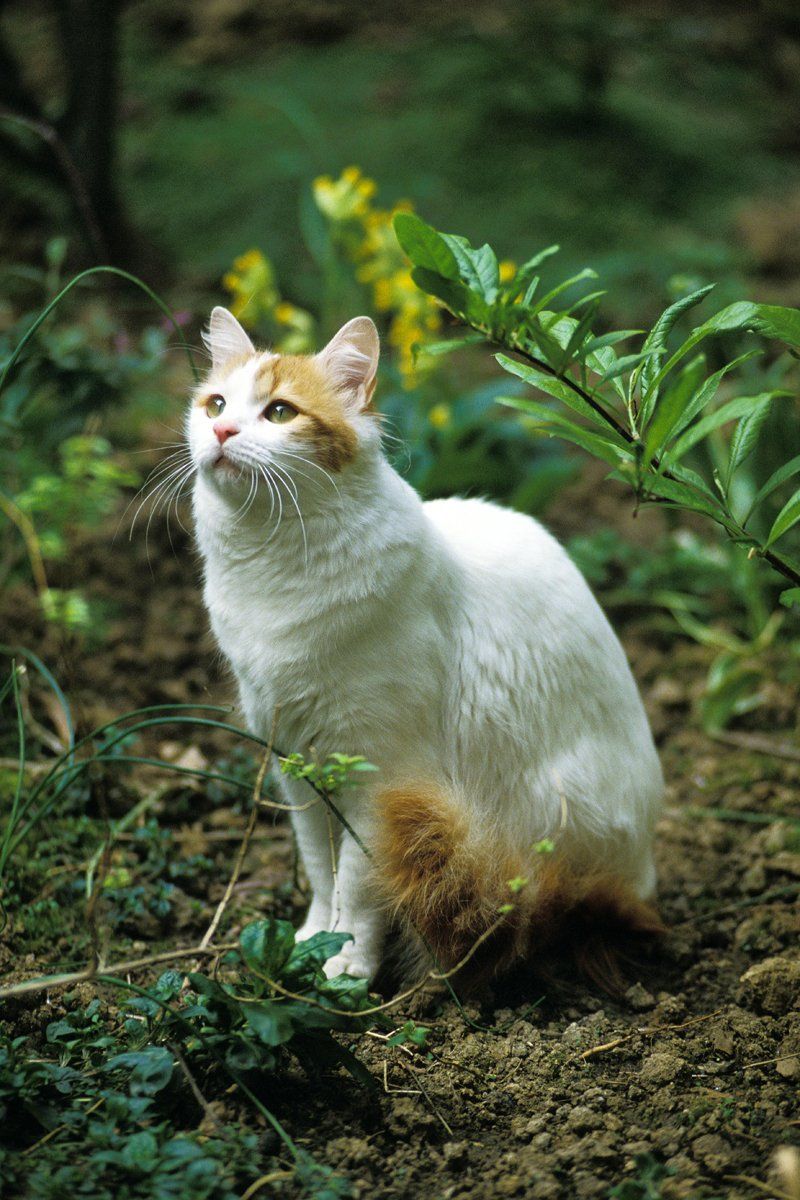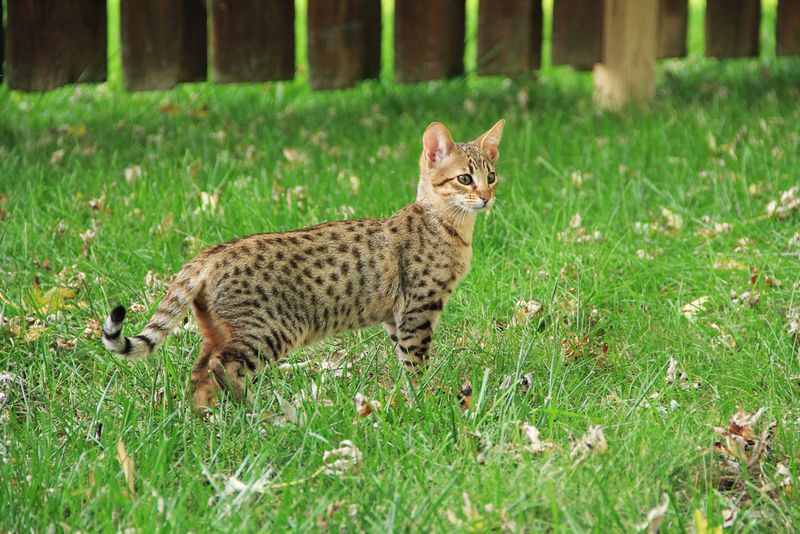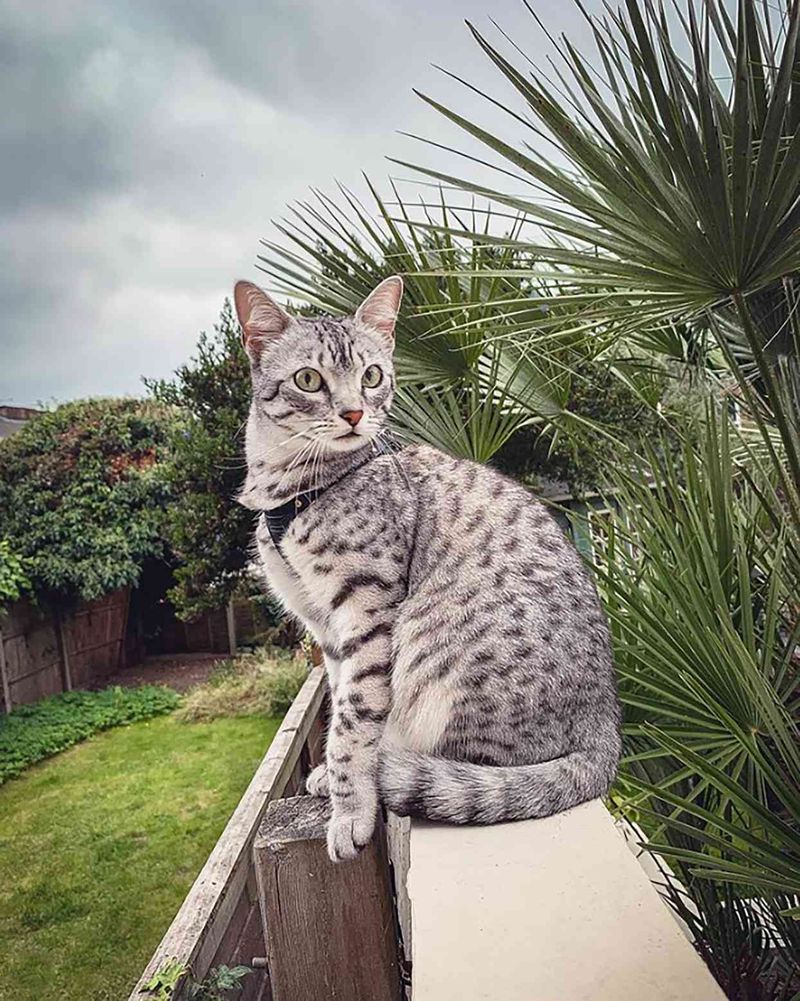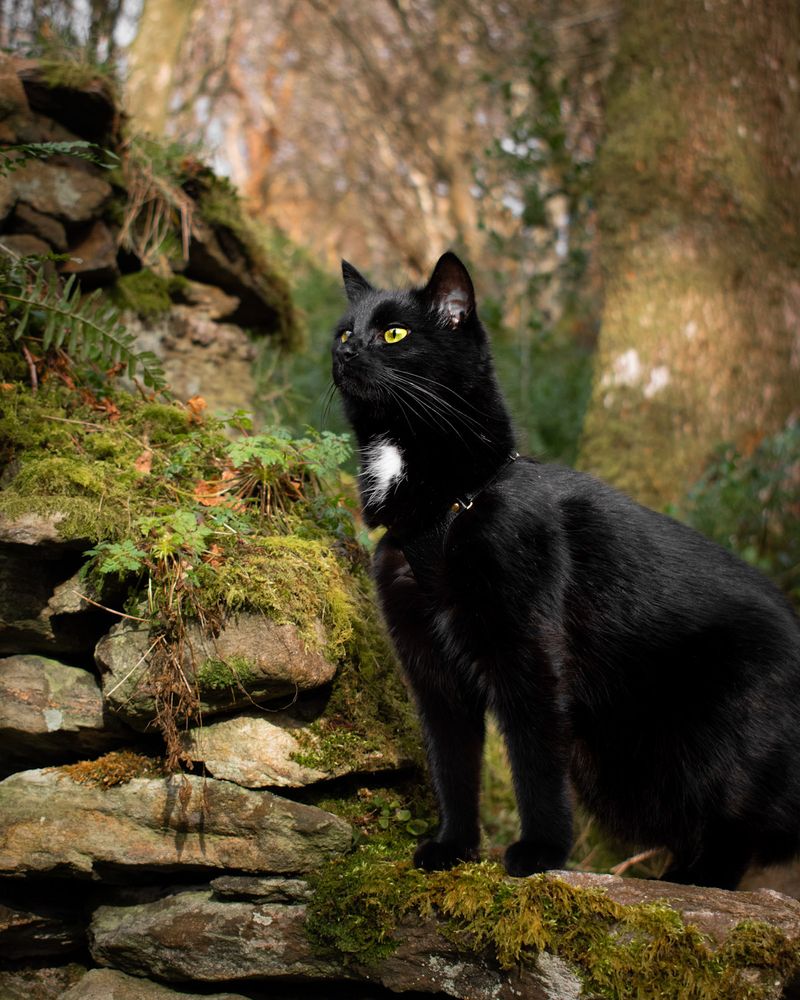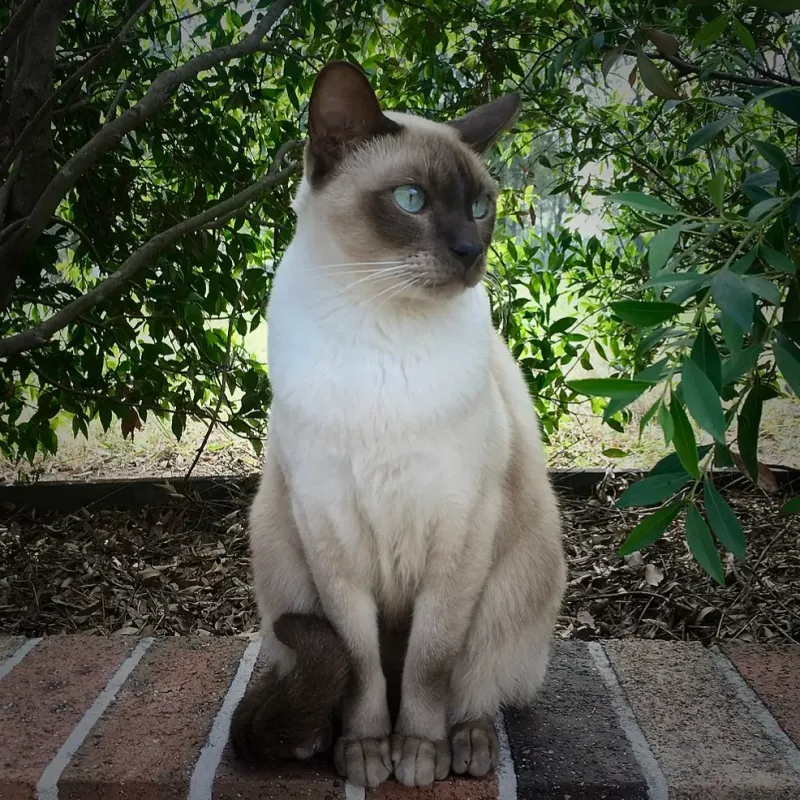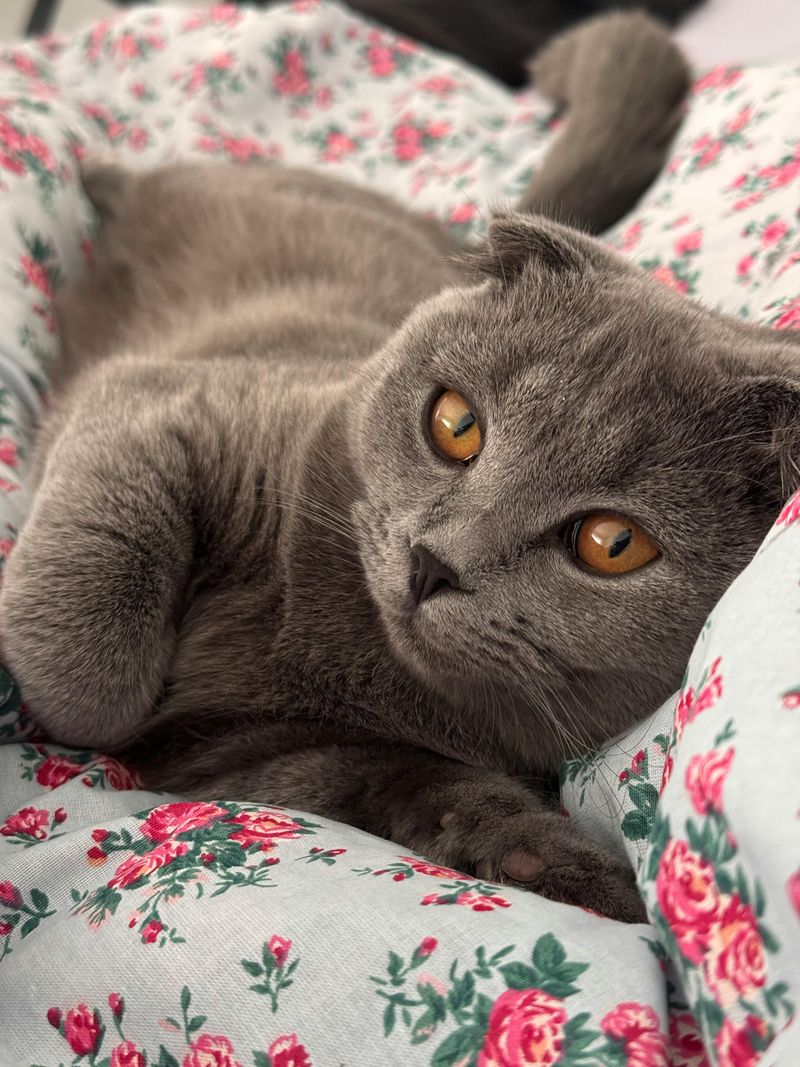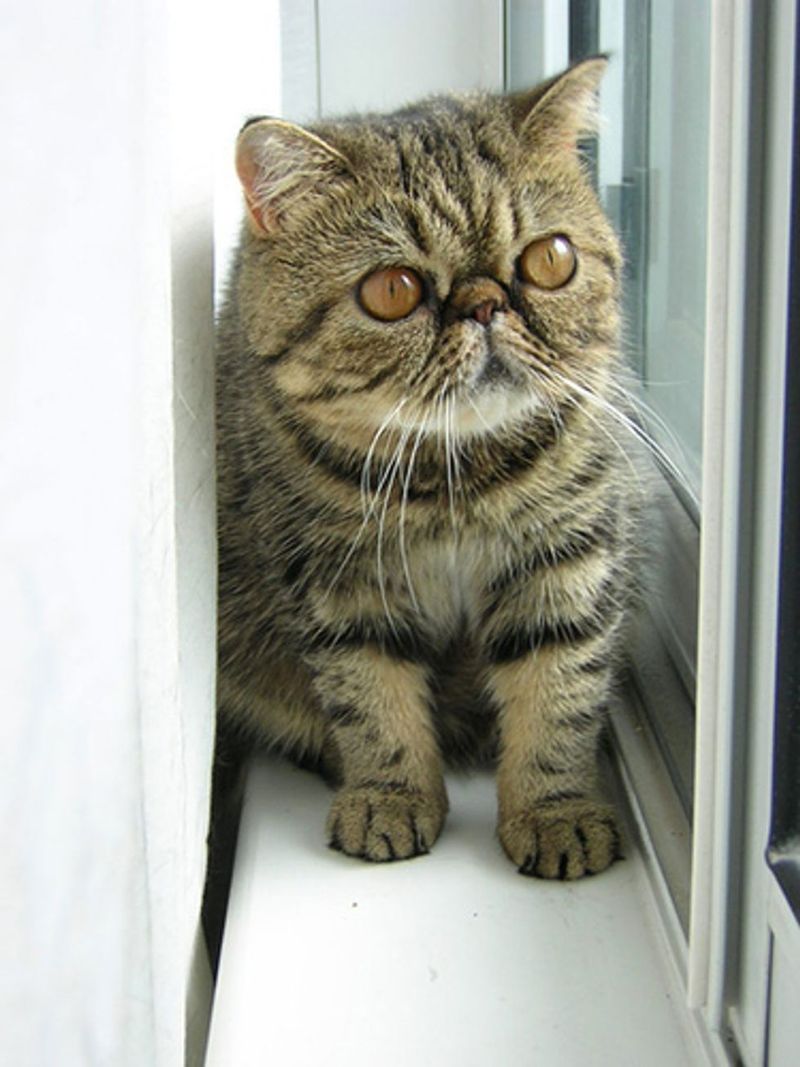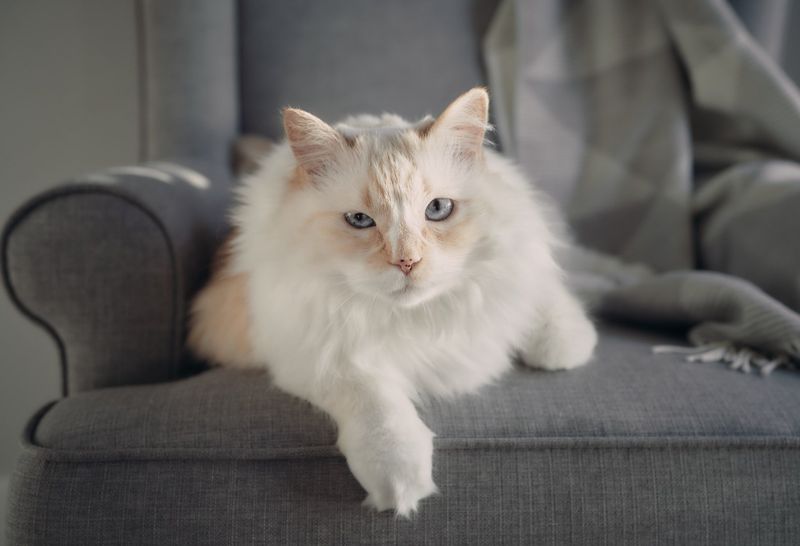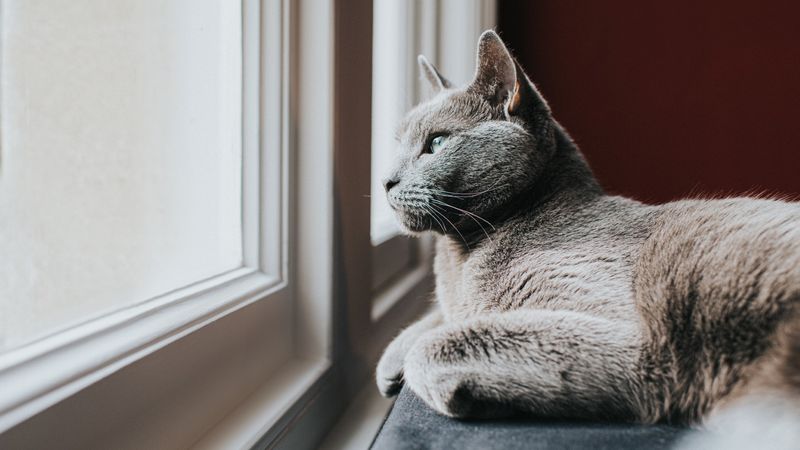📖 Table of Content:
Cats exhibit a wide range of personalities, especially when it comes to exploring the outdoors. While some cats are natural adventurers, eager to roam and discover their surroundings, others are more reserved and cautious. These differing instincts influence how each cat interacts with the world outside the home.
Certain cats have an irresistible urge to explore, often attempting to sneak outside at every opportunity. Their curiosity drives them to investigate the neighborhood, climb trees, and chase after small creatures. This adventurous spirit can sometimes pose risks, making outdoor access a complex decision.
Conversely, many cats find comfort and security indoors, content with observing the world from a window or resting quietly on a favorite spot. They tend to be less interested in venturing beyond familiar spaces, favoring stability over excitement. Recognizing these individual preferences is essential for providing a safe and happy environment.
1. Bengal
Bengals carry the wild spirit of their Asian leopard cat ancestors. These energetic felines need constant stimulation and wide territories to satisfy their curious nature.
Without proper outlets for their energy, Bengals will seek adventure wherever they can find it. They’re exceptional climbers and jumpers, easily scaling fences or trees to explore beyond your yard.
Many Bengal owners report their cats wandering far from home, following interesting scents or sounds. Their strong hunting instinct drives them to patrol large areas, making them notorious wanderers who might disappear for hours before returning home.
2. Abyssinian
With endless curiosity and vitality, Abyssinians are born to explore. Their keen intelligence pushes them to discover unfamiliar territories and engage in new adventures.
Their slender, agile bodies allow them to slip through narrow spaces and climb to impressive heights. Abyssinians typically establish large territories when allowed outdoors, often venturing several blocks from home.
Owners frequently describe their Abyssinians as fearless adventurers who rarely show hesitation when facing new environments. This breed’s independent nature and high activity level make them prone to wandering off whenever an opportunity presents itself.
3. Siamese
Known for their smart minds and athletic builds, Siamese cats are natural adventurers. Their lean frames and lengthy legs enable quick, agile movement over impressive distances.
These vocal felines are driven by curiosity and social needs. A Siamese might wander off to investigate interesting sounds or smells, or even to seek companionship from neighbors who offer attention.
Their territorial nature means they’ll patrol large areas around their homes. Siamese form strong bonds with their families but still maintain an independent streak that encourages them to explore beyond their immediate surroundings whenever possible.
4. Maine Coon
Embracing their heritage as working cats, Maine Coons enjoy spending time exploring the outdoors. Their substantial size doesn’t hinder their graceful movements through nature. These cats frequently travel far across fields and wooded areas.
Their thick, water-resistant coats and tufted paws make them well-equipped for outdoor adventures in various weather conditions. Maine Coons retain strong hunting instincts, causing them to roam in search of prey or interesting scents.
Many owners report their Maine Coons establishing territories spanning several acres when given the chance. Their friendly disposition might lead them to visit neighbors, sometimes resulting in confusion about where they actually live.
5. Norwegian Forest Cat
Originating from harsh Scandinavian climates, Norwegian Forest Cats possess the traits and temperament ideal for outdoor exploration. Their robust bodies and dense, waterproof coats enable them to roam freely regardless of weather conditions.
These natural climbers excel at scaling trees, fences, and buildings to gain better vantage points. Norwegian Forest Cats often establish large territories and may travel surprising distances from home in pursuit of hunting opportunities.
Their independent nature means they don’t always come when called, preferring to return on their own schedule. Many owners describe these cats as part-time residents who divide their time between home comforts and wilderness adventures.
6. Turkish Van
Turkish Vans possess an unusual fascination with water alongside their love for exploration. These energetic cats originated near Lake Van in Turkey, developing both swimming abilities and wandering tendencies.
Their muscular bodies and powerful legs enable them to cover significant ground when exploring. Turkish Vans establish large territories and may travel far from home, especially if they discover water sources like streams or ponds.
Owners frequently report these cats disappearing for hours on independent adventures. Their confident, fearless nature means Turkish Vans rarely hesitate to investigate new areas, making them prone to wandering off whenever doors or windows are left open.
7. Savannah
Inherited from their serval ancestors, Savannah cats exhibit intense exploratory behavior. Their elongated legs and slim bodies allow them to run fast and jump great distances, often making containment tricky.
These hybrid cats need substantial territory to feel satisfied. Savannahs are known for their problem-solving intelligence, often figuring out door handles or window latches to escape and explore.
Their heightened prey drive means they’ll travel far to pursue interesting movements or scents. Many Savannah owners install specialized fencing or create secure outdoor enclosures because traditional boundaries rarely contain these determined explorers.
8. Egyptian Mau
Ranking among the fastest house cats, Egyptian Maus can sprint up to 30 mph. Their natural curiosity and speed allow them to roam far and wide when outdoors.
Their spotted coats provide excellent camouflage in varied environments, making them confident explorers. Egyptian Maus maintain strong hunting instincts, often roaming extensively to track prey or investigate interesting scents.
These intelligent cats map large territories in their minds and will regularly patrol their boundaries. Owners frequently note their Egyptian Maus’ independent nature and tendency to disappear on solo adventures before returning home hours later.
9. Ocicat
Ocicats display wild-looking spots but contain no actual wild DNA, though their behavior often suggests otherwise. These athletic cats possess both the physical capabilities and mental drive to explore extensively when given outdoor access.
Their muscular bodies and agile movements make them excellent climbers and jumpers. Ocicats establish surprisingly large territories and will regularly patrol their boundaries, sometimes venturing far beyond what owners expect.
Their high intelligence means they quickly learn escape routes and hiding spots throughout the neighborhood. Many Ocicat owners report their cats disappearing for extended periods, following their natural curiosity to explore new areas before eventually returning home.
10. Korat
While Korats appear quiet and composed indoors, they become eager explorers when outside. Their athletic, streamlined bodies enable swift and agile movement across various terrains.
These intelligent felines map their surroundings thoroughly and gradually expand their territory over time. Korats possess excellent memory for routes and hiding places, allowing them to venture far from home with confidence.
Their silver-blue coats provide natural camouflage in dawn and dusk lighting, their preferred hunting times. Many owners describe their Korats as part-time residents who divide their time between home comforts and neighborhood patrols.
11. Bombay
Combining the curious temperament of American Shorthairs with the adventurous nature of Burmese cats, Bombays move stealthily. Their sleek black fur helps them blend into shadows, frequently disappearing from sight nearby.
These muscular cats possess surprising athleticism, allowing them to climb fences and trees with ease. Bombays establish clear territories and will patrol them regularly, sometimes venturing well beyond their home base.
Their intelligence and problem-solving abilities help them find escape routes that other cats might miss. Many Bombay owners report their cats slipping out unnoticed to explore the neighborhood before returning home hours later.
12. Tonkinese
Tonkinese cats inherit exploring tendencies from both their Siamese and Burmese ancestors. These medium-sized cats pack surprising strength and agility into their muscular frames, making them capable climbers and jumpers.
Their social nature sometimes leads them to seek out neighbors who offer attention and treats. Tonkinese establish large territories when allowed outdoors and will regularly patrol their boundaries, often venturing far from home.
Their intelligence and problem-solving abilities help them remember complex routes and find their way home from considerable distances. Many owners describe their Tonkinese as independent explorers who disappear for hours before returning with confident familiarity.
1. Persian
Preferring cozy indoor environments, Persians show little interest in wandering outside. Their brachycephalic features often lead to breathing challenges when exerting themselves, discouraging long outdoor excursions.
Their long, dense coats require significant maintenance and quickly collect debris outdoors. Persians typically display low energy levels and prefer lounging on comfortable surfaces to running or climbing.
Most Persians show little interest in doors or windows, content to observe the outside world from cushioned perches. Their calm, gentle nature makes them ideal apartment cats who rarely attempt to escape or explore beyond their immediate living space.
2. Ragdoll
Known for their relaxed demeanor, Ragdolls often go floppy when held, earning their distinctive name. Their calm temperament means they generally prefer indoor life, following their owners quietly from room to room.
Their trusting nature makes them poorly equipped for outdoor survival. Ragdolls lack the street smarts and defensive instincts that help other cats navigate potential dangers.
Most Ragdolls remain perfectly content as indoor-only pets, showing little interest in doors or windows. Their affectionate personalities keep them focused on human interaction rather than seeking independent adventures outdoors.
3. British Shorthair
With solid bodies and easygoing personalities, British Shorthairs favor a life of relaxation rather than adventure. Their soft, rounded appearance perfectly captures their steady and unhurried demeanor.
These cats typically display moderate energy levels that they satisfy with indoor play sessions. British Shorthairs form strong attachments to their homes and routines, showing little desire to explore beyond familiar territory.
Their independent yet home-loving nature makes them content with indoor living. Most British Shorthair owners report their cats show minimal interest in open doors or windows, preferring to maintain their dignified presence on favorite sleeping spots.
4. Scottish Fold
Scottish Folds capture hearts with their distinctive folded ears and sweet expressions. These medium-sized cats typically display moderate energy levels easily satisfied through indoor play rather than outdoor exploration.
Their gentle, adaptable nature makes them content with indoor living. Scottish Folds form strong bonds with their families and prefer human company to solo adventures.
Most Scottish Folds show little interest in darting through open doors or windows. Their laid-back personalities and moderate activity levels make them ideal apartment cats who rarely feel the urge to wander beyond their comfortable indoor domain.
5. Exotic Shorthair
Combining the calm demeanor of Persians with a low-maintenance coat, Exotic Shorthairs suit indoor lifestyles well. Their flat faces can create breathing difficulties when active, discouraging high-energy or prolonged exploration.
These cats typically display low to moderate energy levels that they satisfy through short play sessions. Exotics form strong attachments to their homes and familiar surroundings, showing little interest in venturing beyond their comfort zones.
Their sweet, placid temperaments make them content with indoor entertainment. Most Exotic owners report their cats prefer watching the world from window perches rather than actively participating in outdoor adventures.
6. Himalayan
Blending Persian calmness with Siamese coloration, Himalayans are visually stunning cats that typically avoid extensive wandering. Their brachycephalic features may cause breathing challenges during exertion, limiting their desire to explore.
Their long, silky coats require significant maintenance and quickly collect debris outdoors. Himalayans typically display low energy levels, preferring gentle play sessions to running or climbing.
Most Himalayans show complete contentment with indoor living, focusing their attention on comfortable napping spots and gentle interaction with their families. Their quiet, gentle nature makes them ideal companions for those seeking a cat with no interest in outdoor adventures.
7. Russian Blue
Known for their intelligence and gentle reserve, Russian Blues are sophisticated cats that create strong bonds with family members. Their shy nature makes them hesitant around new faces or environments.
Their naturally cautious nature makes them hesitant to venture into unknown territory. Russian Blues typically prefer the predictable comfort of their established homes to the uncertainty of outdoor exploration.
Most Russian Blue owners report their cats show little interest in escaping through doors or windows. Their moderate energy needs can be fully satisfied through indoor play, making them content to remain within the safety of their homes rather than seeking outdoor adventures.
8. American Shorthair
Descended from hard-working mousers, American Shorthairs combine a spirit of adventure with a calm, adaptable nature. Today, they thrive as content indoor cats who seldom roam far.
Their moderate energy levels can be satisfied through interactive play sessions and climbing furniture. American Shorthairs typically establish small territories within their homes, showing little interest in expanding beyond familiar boundaries.
Most American Shorthair owners report their cats show minimal door-dashing tendencies. Their easy-going, adaptable nature makes them content with indoor living, especially when provided with adequate enrichment through toys, perches, and human interaction.
